Nothing says tropical like a beautiful blooming hibiscus. Bright, huge, showy blooms and glossy green foliage have made hibiscus immensely popular with gardeners and houseplant enthusiasts.
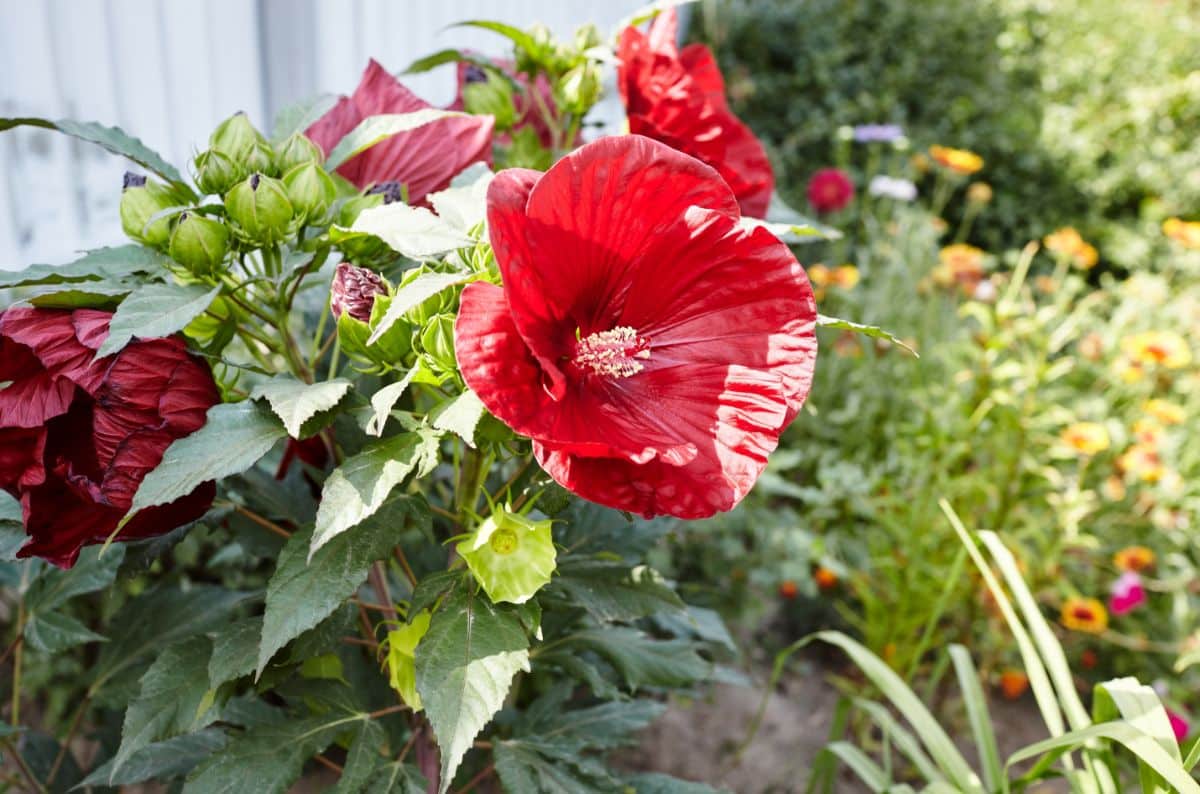
Taking cuttings is the most common method of propagating hibiscus and is how most growers and greenhouses make new hibiscuses (hibisci?) to sell. Hibiscus can also be started from seed by the home gardener.
Hibiscus are spilt into two groups: tropical and hardy. Fortunately, the propagation methods are the same for both.
Tropical hibiscus are, as their name suggests, not cold tolerant. Anything cooler than USDA zone 9 or so will be too chilly. Hardy hibiscus can sometimes survive outdoors as far north as USDA zone 4. If you are a cold climate gardener, or just don't have space, don't worry. Hibiscus does fine in containers.
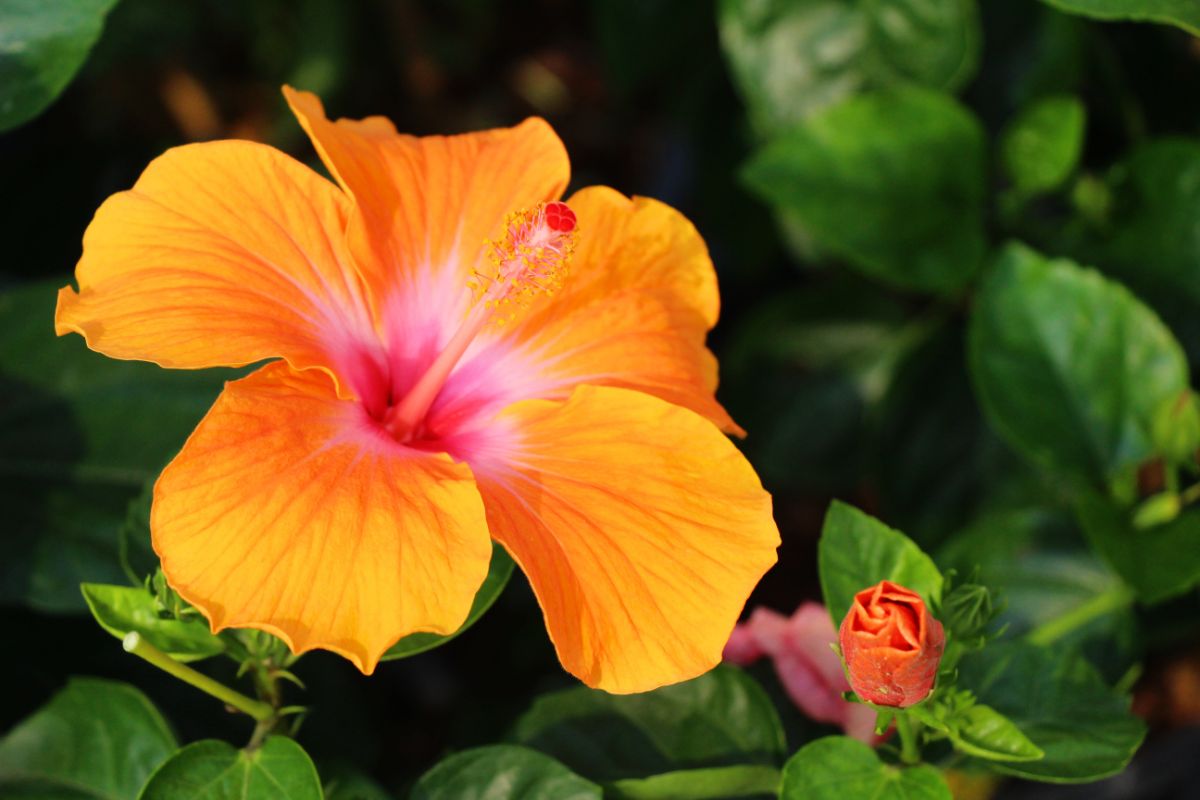
Hibiscuses propagated from a mother plant will be identical in foliage and flower color to the parent. Taking cuttings is the perfect way to grow a copy of your friend’s hibiscus that you absolutely adore or to bring your favorite hibiscus with you when you move.
When selecting cuttings for propagation, inspect the existing plants. Choose cuttings from plants free from disease that appear healthy and happy. Cuttings from sick or low-vigor plants will not root well and may spread diseases.
Jump to:
- How To Grow Hibiscus From Cuttings
- How To Propagate Hibiscus Plants from Cuttings in Soil
- How To Propagate Hibiscus Cuttings in Water
- How To Propagate Hibiscus From Seed
- Method for Starting Hibiscus Seeds:
- Tips for Growing Hibiscus
- How To Prune Your Hibiscus
- Soil, Sunlight, and Fertilizer Needs of Hibiscus
How To Grow Hibiscus From Cuttings
The most popular way to propagate hibiscus, growing new plants from cuttings is simple and relatively quick. Hibiscus can be propagated in soil or soilless mediums, and in water. If you choose to propagate in soil, any potting mixture you have on hand will work as long as it maintains moisture and drainage.
You can use softwood, semi-softwood, or hardwood cuttings.
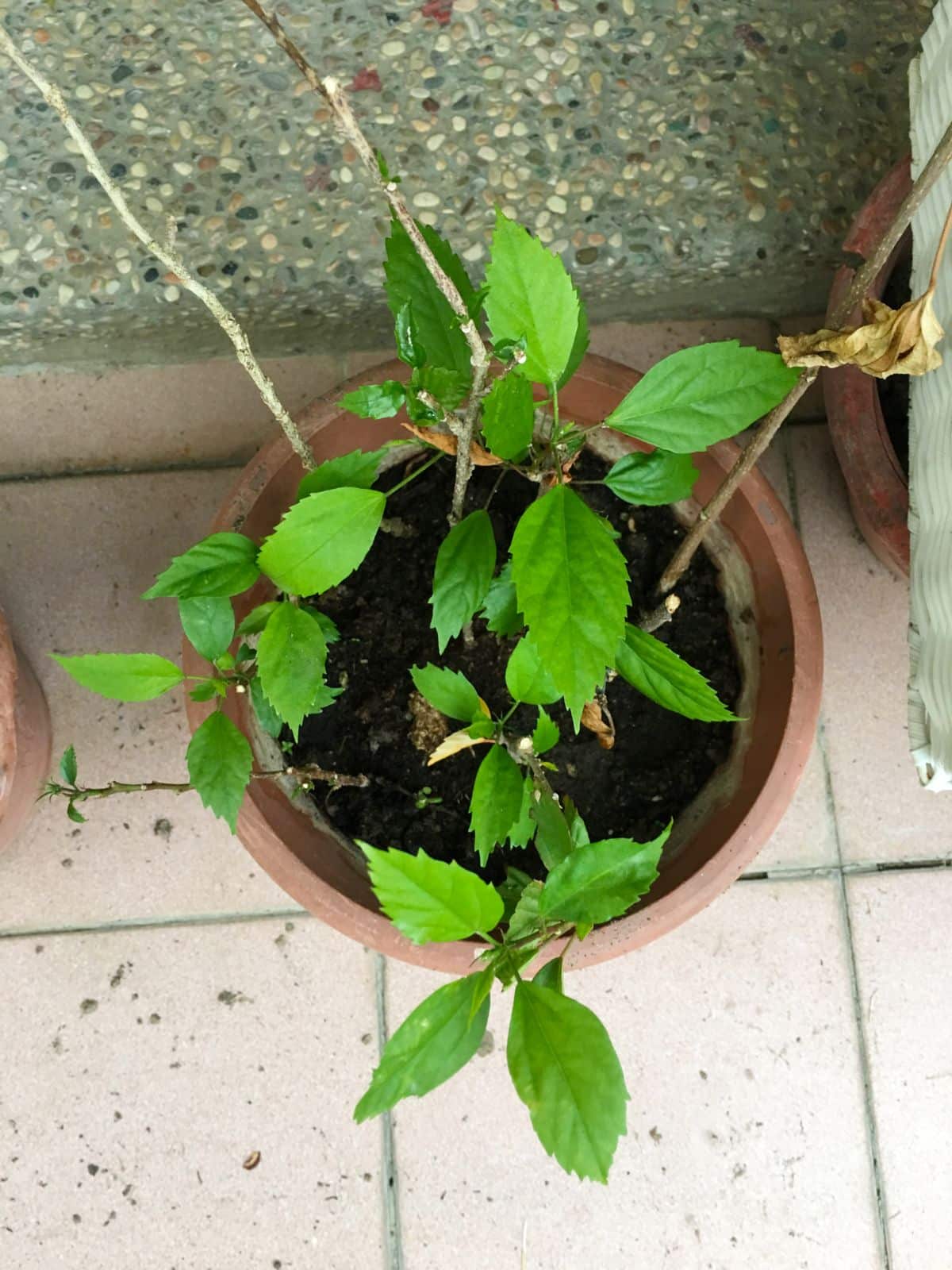
How To Propagate Hibiscus Plants from Cuttings in Soil
- Select a piece of stem 6-8 inches long from this year's growth. Choose a branch that is not blooming or trying to bloom.
- Trim it off with sharp scissors or secateurs just below a node (where the leaves join the stem). Sometimes hibiscus stems are long enough to make two or three cuttings from one branch.
Keep them organized so you don't forget which end goes 'up' once the leaves are removed.
- Remove the leaves from the bottom 3 inches of the stem. New roots will likely form at these nodes where the leaves attach. A couple of leaves may be left on the top of the cutting, but it is unnecessary.
- Moisten the end and dip it in a rooting hormone.
- Fill a container or pot with a well-moistened potting mix. Trying to thoroughly wet dry material after sticking your cuttings can be difficult. The water may run out of the pot and make you think the soil is moist when it is not.
- Poke a hole with a stick or your finger and then carefully place the hibiscus cutting down into the hole. Avoid brushing off the rooting hormone. Ensure you keep the top end up–don't plant them upside down.
Several cuttings can be placed in the same container and repotted later once they have rooted.
- Firm the medium around the stems and place it in a bright location away from direct sunlight.
- In 3-4 weeks, you can check the progress of your new hibiscus. You may see white roots popping out of the drainage holes in your container. New foliage growth is also a good indicator that your cuttings have taken and are growing.
Once your cuttings have grown new roots, replant them into individual pots and continue to grow them out. Transplant them outdoors or plant them in pretty containers to give them as gifts.
How To Propagate Hibiscus Cuttings in Water
- Begin by taking cuttings the same way as above. They need only be about 5-6 inches long.
- Remove most or all of the leaves.
- Cut the lower part of the stem just below a node at a 45-degree angle. Use scissors or a paring knife to lightly scrape the bark on the bottom inch of the cutting. Scratching the outer bark and exposing the cambium can help roots develop in more locations.
- Place your cuttings in a clear glass jar or container with several inches of chlorine-free water in the bottom, and set them in a warm area out of direct sunlight.
- New roots may begin to grow in as little as a week. Once the cutting has developed several new roots and has started to push out fresh leaves, transplant your cuttings.
- Use a moist potting mix and grow them for several weeks before planting. Your new hibiscuses were used to living in water and need to acclimate to living in the soil.
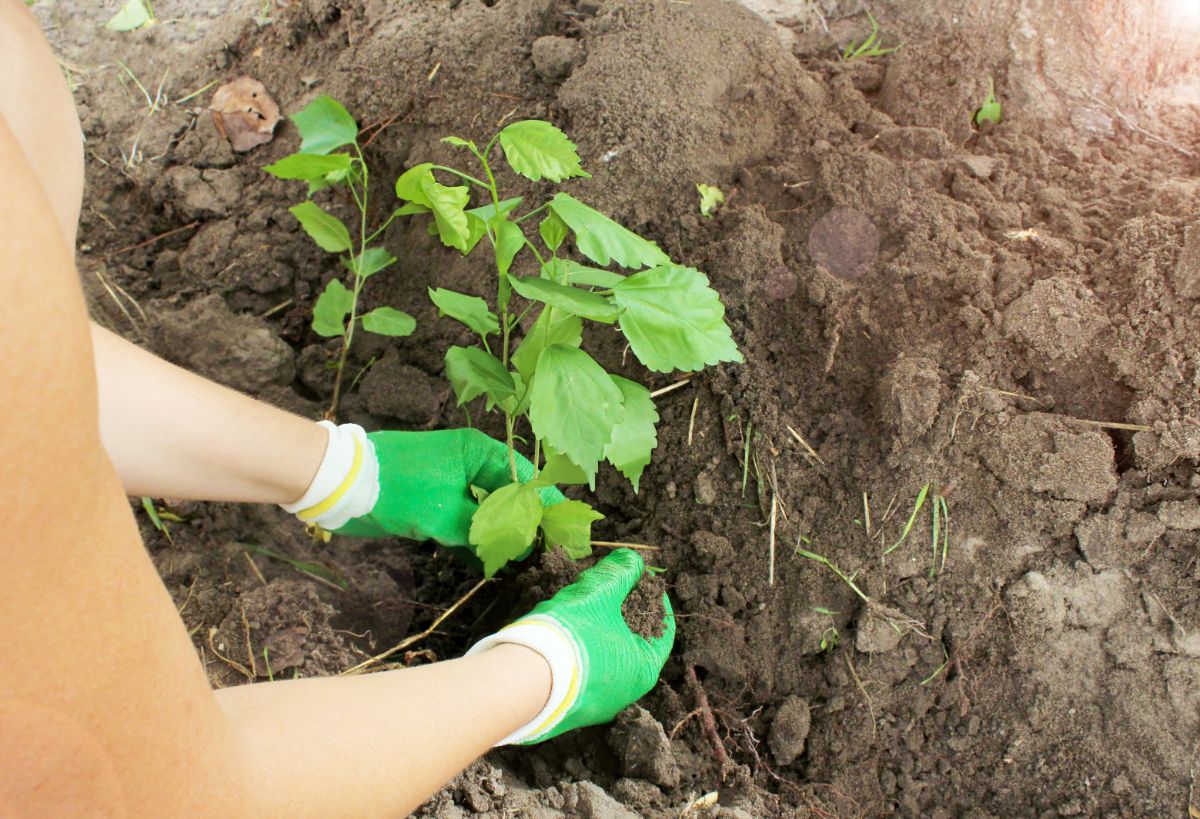
How To Propagate Hibiscus From Seed
Growing hibiscus from seed is not as easy as from cuttings. However, getting them to sprout is not overly difficult. It does take some TLC. Hibiscus seeds can be purchased from seed vendors or collected from seed pods on your existing plants.

Method for Starting Hibiscus Seeds:
- Soak your hibiscus seeds overnight to aid in germination.
- Prepare your seed starting mix and containers. Small 72-cell or 50- cell packs work well, as do soil blocks. Make sure to pre-moisten your mix.
- Sow your hibiscus seeds about a ¼ to ½ inch deep and cover.
- Using a humidity dome or covering the container with plastic wrap can speed germination by maintaining moisture inside.
- Remember, hibiscuses are tropical plants. Keep them warm to aid in sprouting.
- Hibiscus seeds should sprout in 2-3 weeks. Keep the young plants in bright light, in a warm spot, and slightly moist, but don't drown them.
- Transplant into bigger pots when they have 2 sets of true leaves. Try to avoid breaking apart the soil around the roots. Pinch the leader off when the plant is 7-8 inches tall to encourage branching.
Tip: Don't forget to harden plants off before moving them outside.
Tips for Growing Hibiscus
How To Prune Your Hibiscus
Anytime you need to prune your hibiscus, you can use the removed material to stick some cuttings. If your hibiscus needs pruning to maintain the desired shape or limit its size, try not to remove more than a third of the plant at a time.
Pruning will limit flowering later, so go slow. Conduct needed pruning for outdoor hibiscuses in late winter or early spring. Broken branches can be removed at any time of the year.
Soil, Sunlight, and Fertilizer Needs of Hibiscus
Hibiscus likes the sun, but blooming may be inhibited if it gets baked too much by harsh afternoon rays. If planting your hibiscus outside, keep sunlight in mind when selecting a location. Hibiscus in pots can be moved around as the sun’s angle changes in the sky throughout the seasons.
As tropical plants, hibiscus like moist soil. A hot, dry, poor soil site will not be a good home for your new hibiscus. The soil should be moist but well drained. Areas with ponding or which are continually wet are not suitable.
Work in some compost and mulch around the plant to aid moisture retention. If planted in a container, look for a planting mix with some perlite to aid drainage, but include some coco coir to help retain moisture in the root zone.
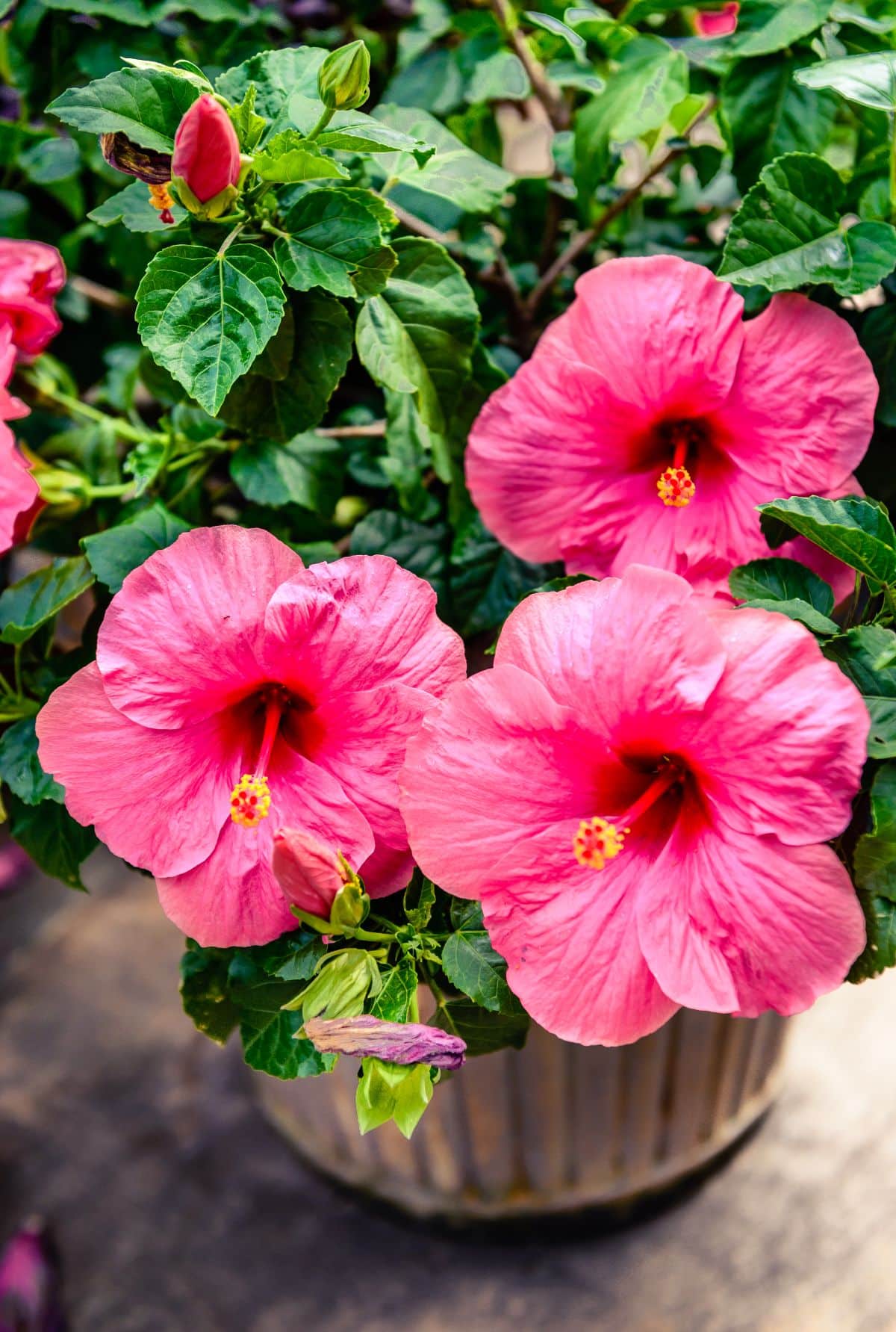
If you need to bring your hibiscus inside for the winter, don't let the soil become completely dry. Gardeners often forget to check the soil on a dormant indoor plant.
The dry air indoors during the winter can cause the soil to become completely dry. Dehydration can be fatal even for sleeping hibiscuses. Water needs during the winter are low, but check and water as needed, so the soil still has a bit of moisture.
Get started propagating your favorite hibiscus now, and soon you will be surrounded by these beautiful flowering plants. While you are preparing and gathering materials, check out some of our other propagation guides.

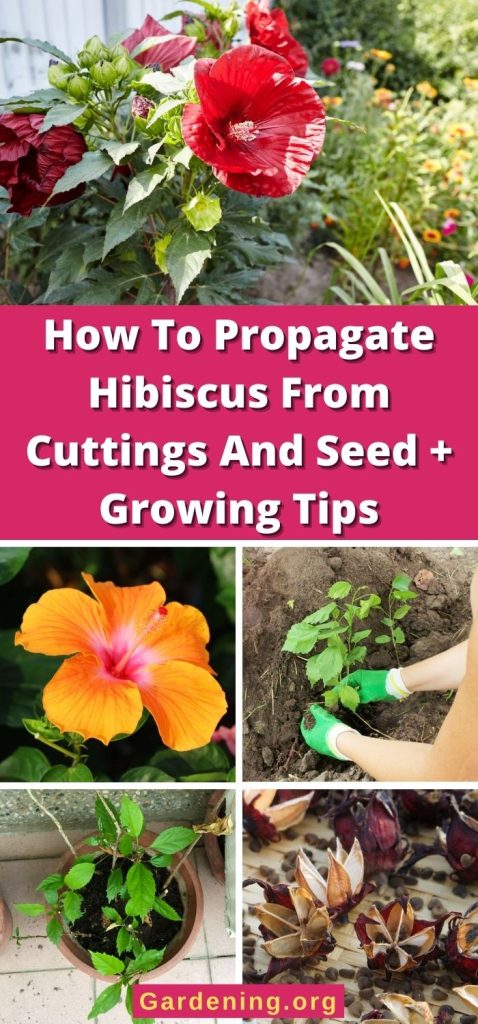

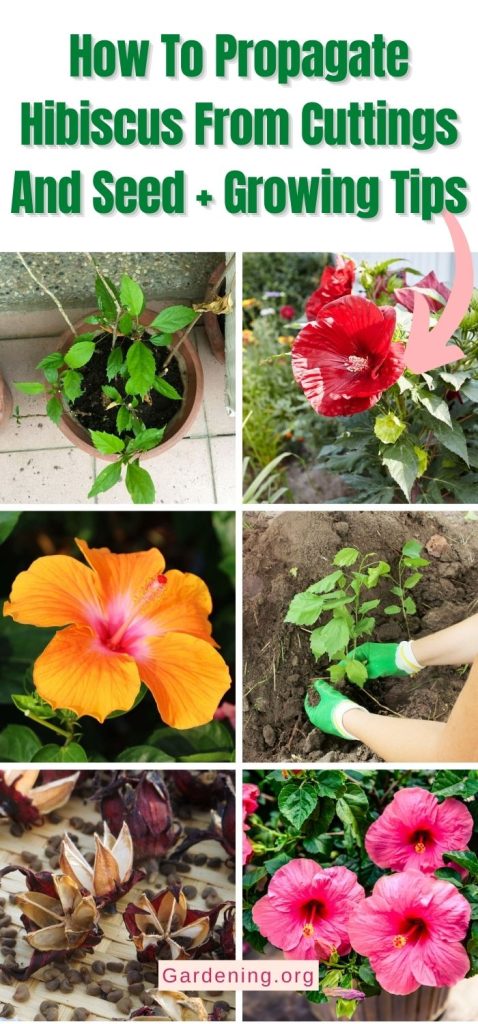





Margaret
I have 1 hibiscus, do I need to cover for the winter??
Mary Ward
It's difficult to say because I don't know where you live but it certainly couldn't hurt. If you usually cover other perennials, chances are it's a good idea to cover your hibiscus, too.
Kira d Craine
Hi, I have a few hardy hibiscus bushes. We have never had to cover them in Wisconsin. We cut them down in late fall and they come back every year. Hopefully this helps
Mary Ward
Thanks for the tip. They seem to take exception to their own rules sometimes, and it seems like they are capable of sometimes acclimating to local climates--at least some of them do.